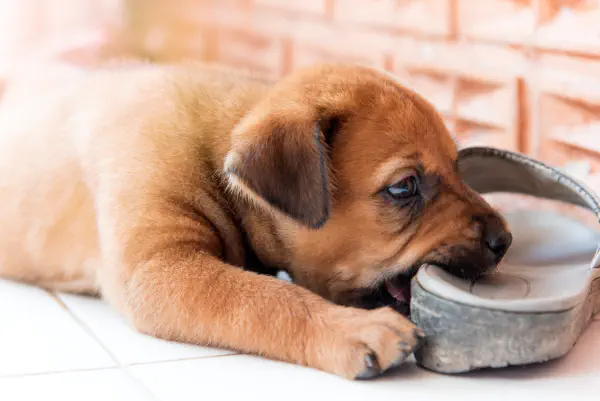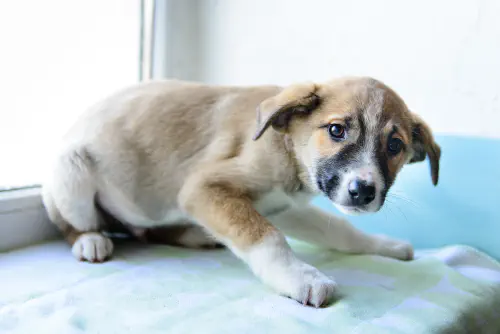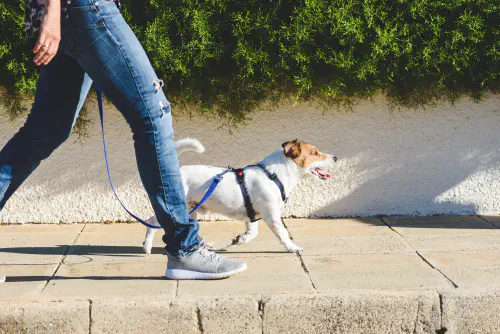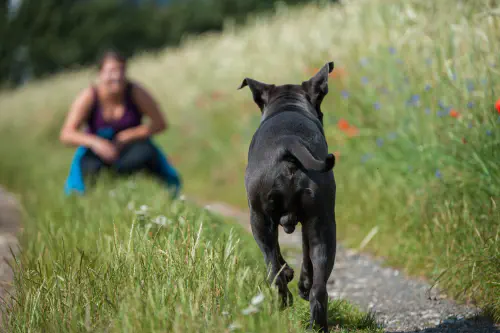Puppy proof your house
Make sure that items not to be chewed are out of your puppy’s reach. Items like remotes, paper, trash, clothes, etc., that can be placed out of reach, should be to prevent them being chewed. Having lids on trash cans and laundry baskets can be a huge life saver. Other items that are less moveable like furniture legs or curtains, can be put behind a barrier like a gate until the puppy learns what is ok to chew and not to. Baby gates can be very useful in training a well-mannered dog.
Give your puppy their own space
Crates or puppy designated spaces are great to give your puppy time when you cannot supervise them closely. This is ideal if it is harder to puppy proof your house, you can ensure the puppy’s area is puppy proof. Only things that he is allowed to chew are available to him. This doesn’t have to be a punishment area, it can and should be treated like his room. He can be there anytime he wants but also sometimes has to stay in there until owners are able to attend to him.
Provide appropriate chew toys
It’s natural for your puppy to chew, it can be soothing for your puppy. It’s best to give your puppy things to chew that he is allowed to. There are a wide variety of different chew toys available. There are Kong-type toys where you can put food inside of it for the dog to eat. Bones that are safe for dogs. Different material toys, like plastic, rope, or rubber.
Keep your puppy active
One reason a puppy may chew excessively is they are bored. On average every dog should get 20-30 minutes of exercise twice a day. Giving them physical and mental exercise can prevent some excessive chewing. Play fetch, tug-o-war, go for a run, learn new obedience skills, and brain games.
Corrections
This process will not happen overnight, your puppy may still chew things. When he does, don’t yell at him or be physically imposing as it could cause fear responses. Instead make a correction sound like “no”, “ah ah”, “hey” then redirect him to you. Present a few obedience cues he knows “sit”, “down”, “paw” then give him an acceptable item to chew. Give praise like “good boy” when he stays chewing the new item.




